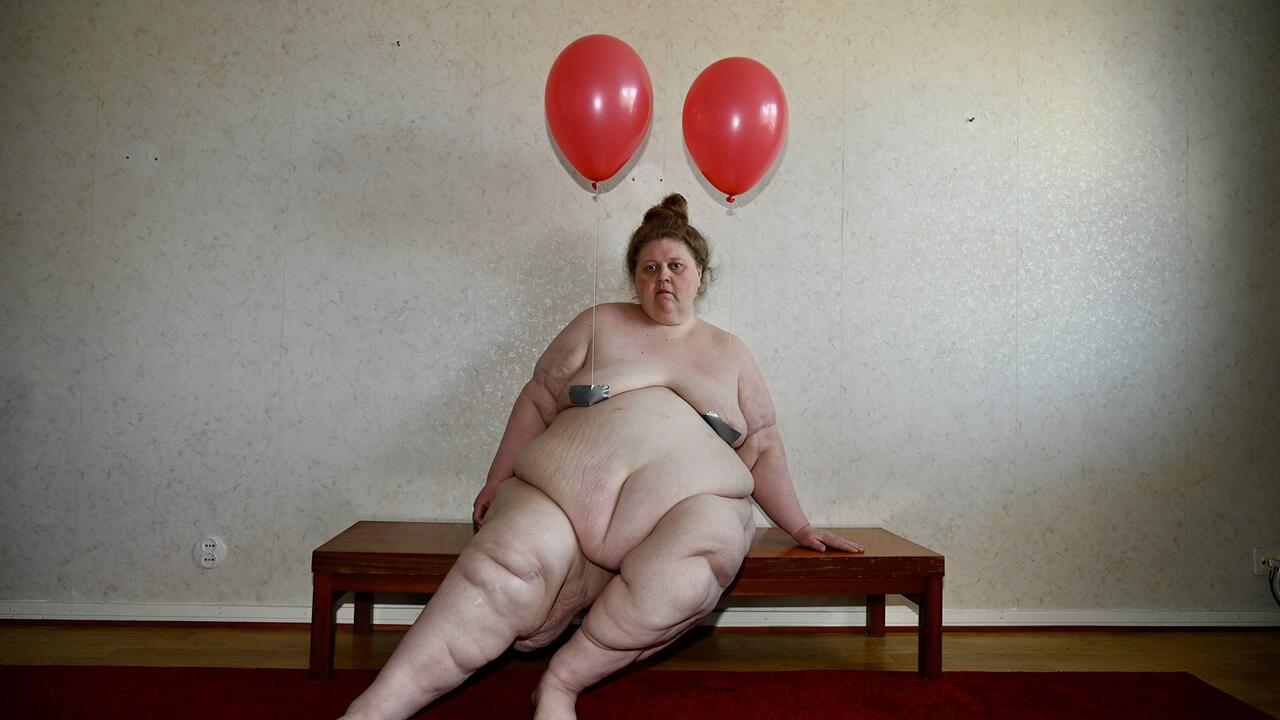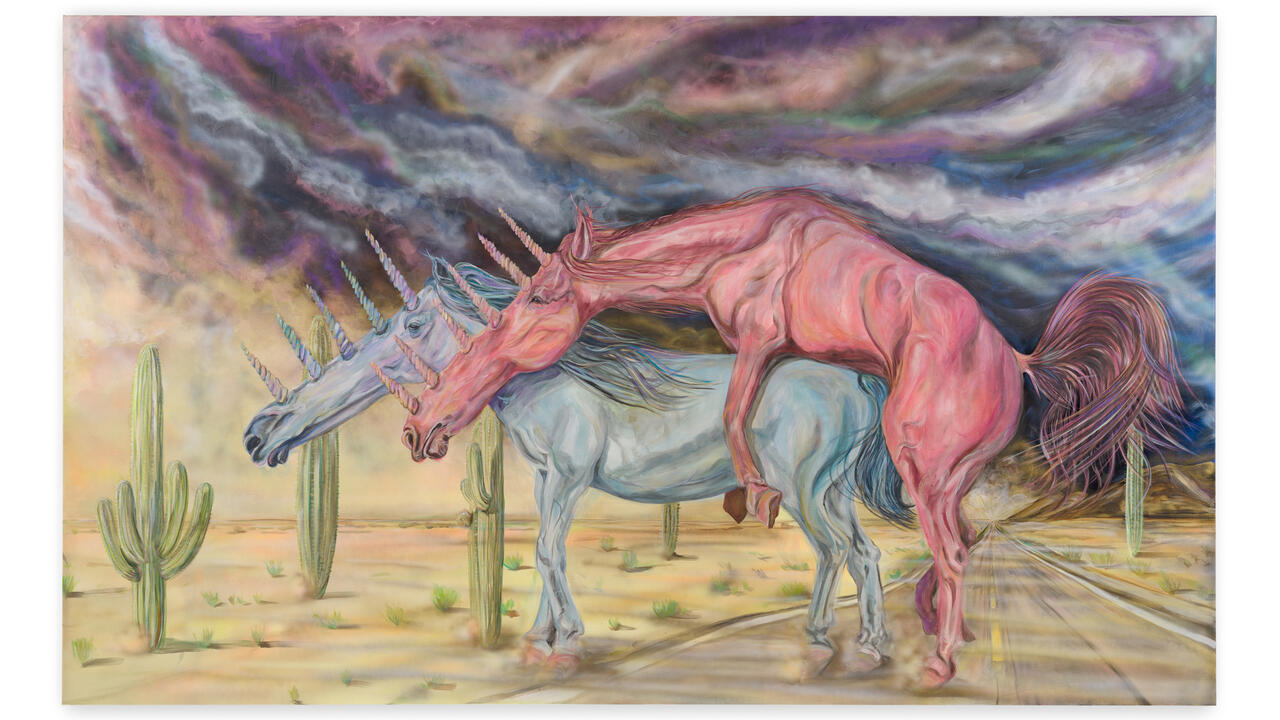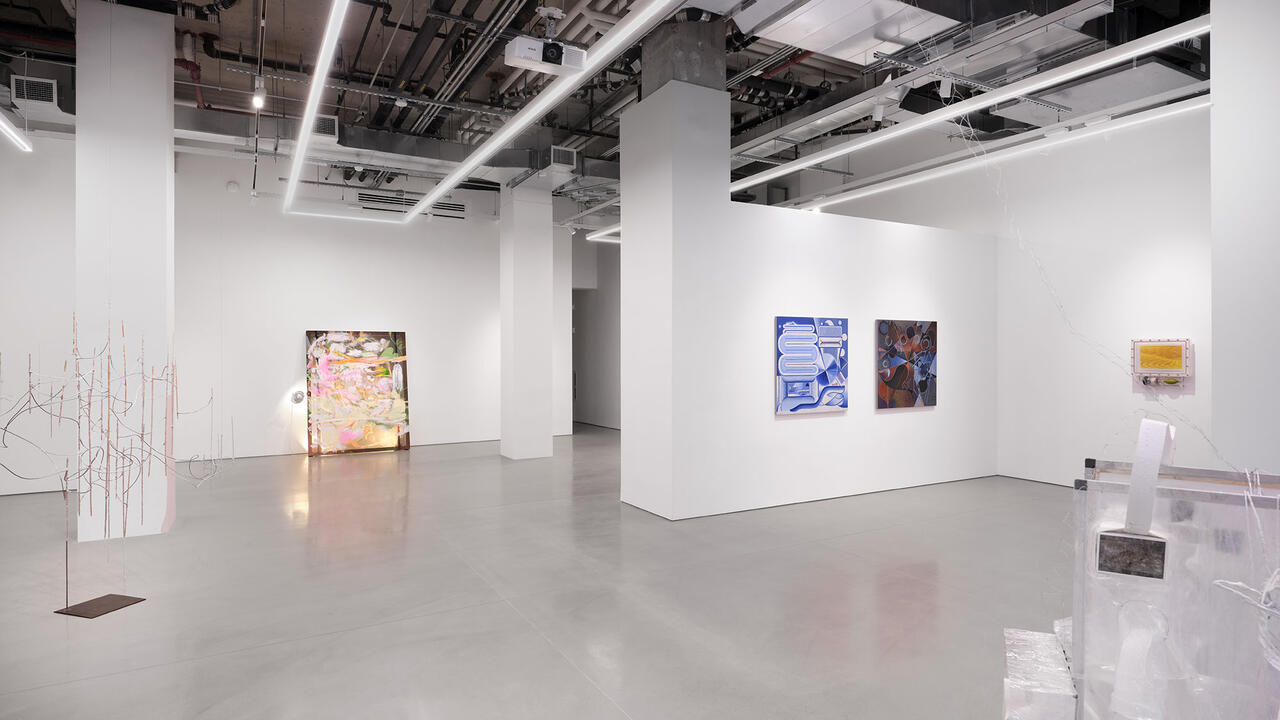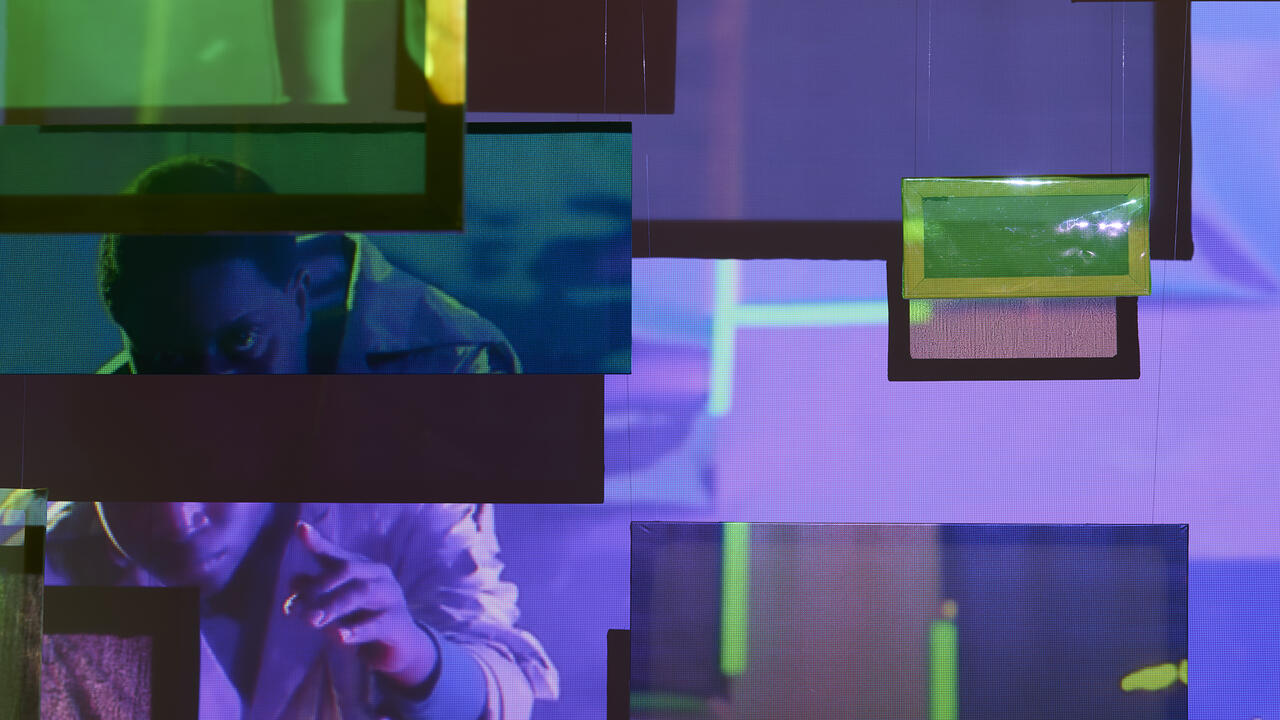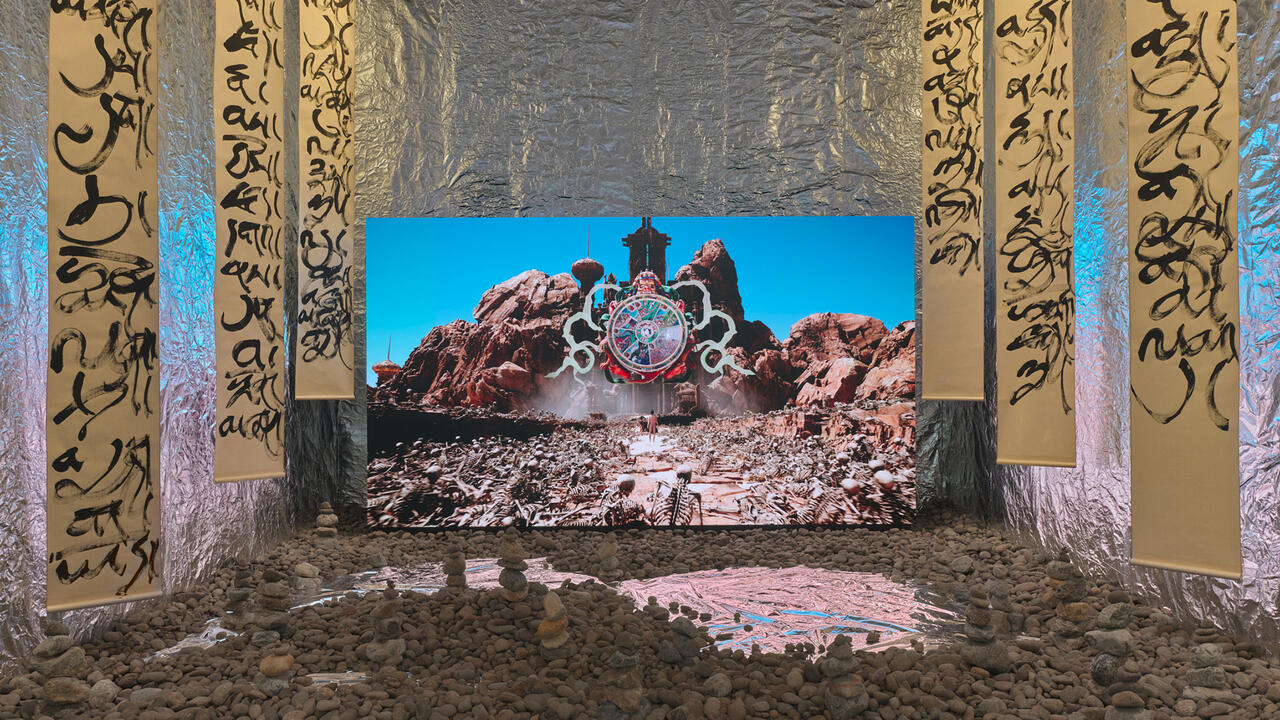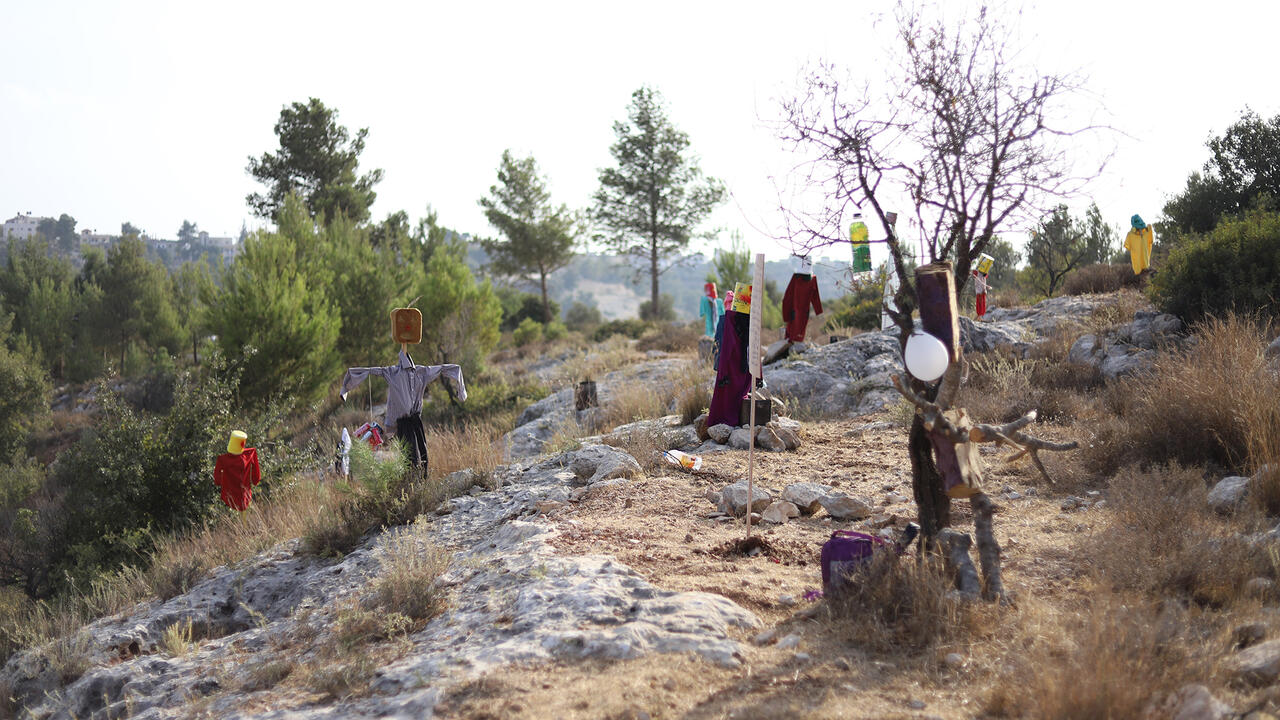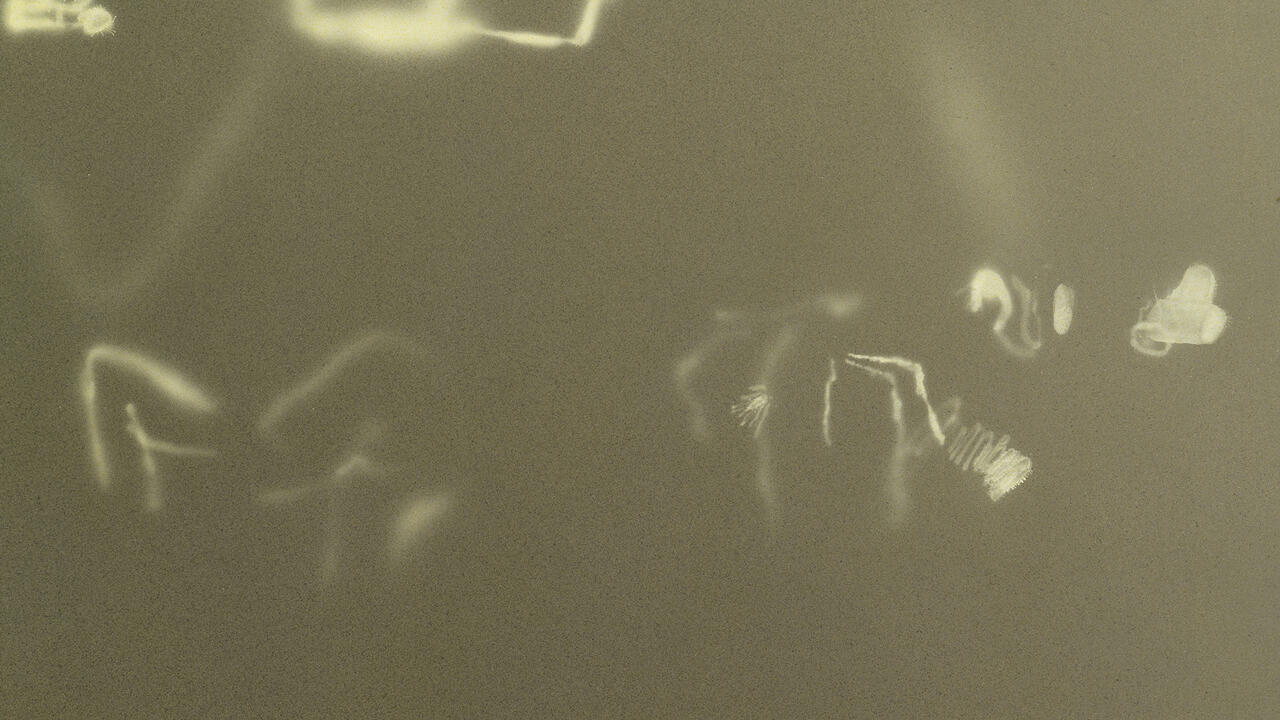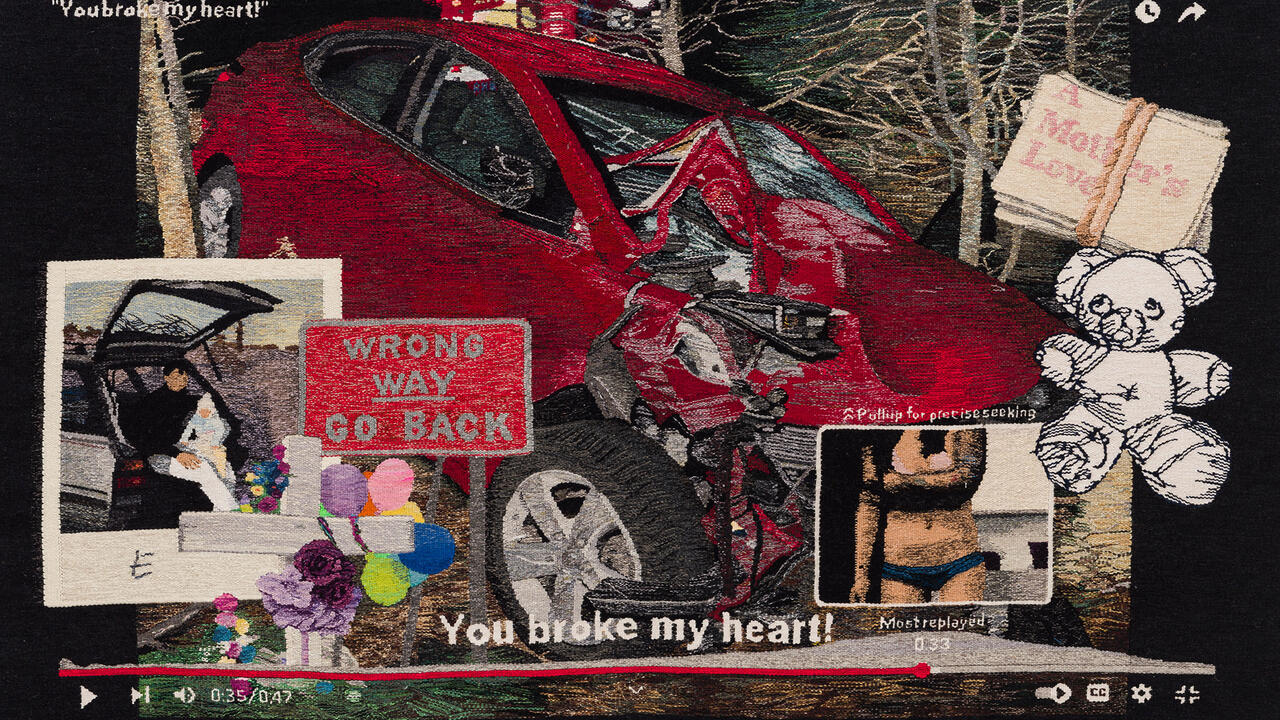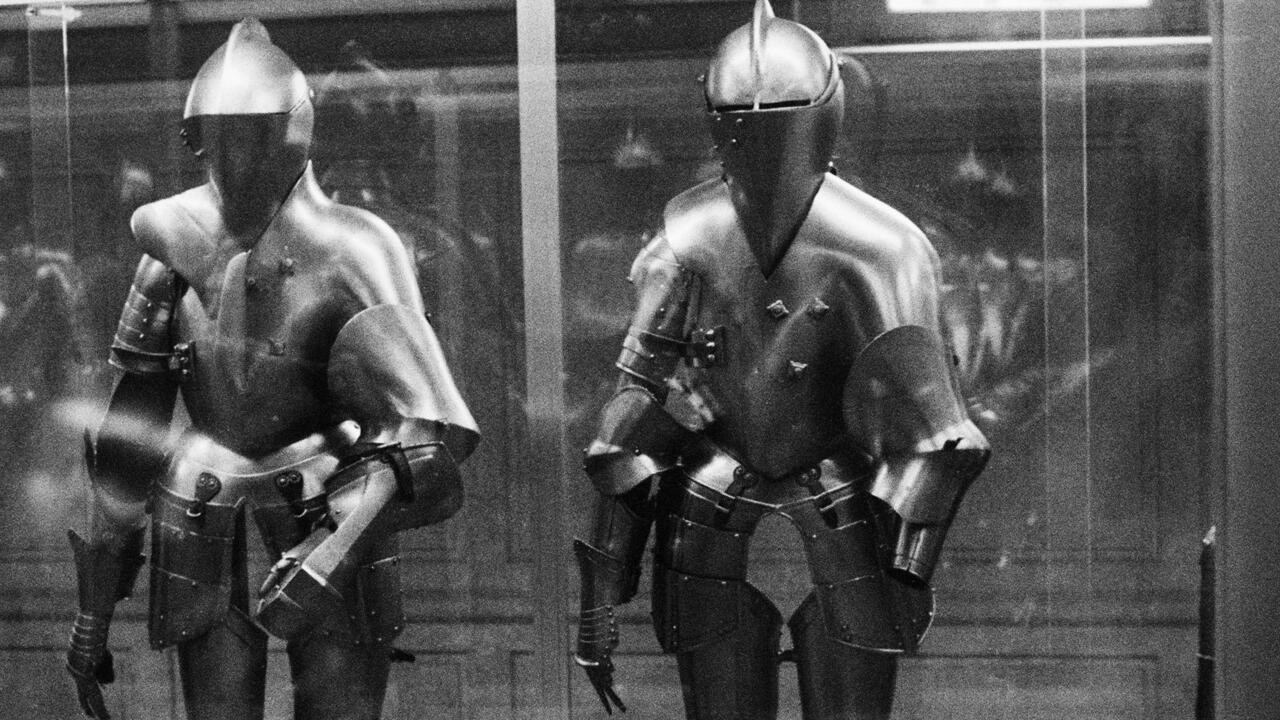Gods of Disaster: the Hieratic Sculptures of Daniel Lind-Ramos
At Marlborough, New York, the Puerto Rico-based artist builds a new pantheon from the wreckage of colonialism and Hurricane Maria
At Marlborough, New York, the Puerto Rico-based artist builds a new pantheon from the wreckage of colonialism and Hurricane Maria

In the 2019 Whitney Biennial, a strange figure constructed from rope, burlap, bubble wrap, palm branches, a solar-powered camping lantern, an umbrella frame and brass tacks towered more than two metres high. With a coconut for a head, Maria-Maria (2019) by Daniel Lind-Ramos embodied a tropical goddess, alien and equivocal. The blue FEMA tarp that enveloped her recalled both the Virgin Mary’s mantle and the makeshift dwellings that resulted from the US government’s malignantly inadequate response to Hurricane Maria, which devastated the artist’s native Puerto Rico in 2017. Both protector and destroyer, the commanding Maria-Maria attracted considerable attention for an artist who had hitherto flown mostly under the radar.
In ‘Armario de la Memoria’ (Storage of Memory), 66-year-old Lind-Ramos’s first solo show in the continental US, five of the seven works also resemble abstract, monstrous standing figures. The artist employs an idiosyncratic vocabulary of found everyday materials that includes rough fabrics, corroded agricultural implements and household utensils, musical instruments, sporting equipment and various elements of the coconut palms so ubiquitous to Puerto Rico. While their components evoke working-class Caribbean life in places such as Loíza, the small town where Lind-Ramos was born and still lives, the works themselves conjure individual beings of totemic power and obscure purpose.

At almost three metres in height, for example, Figura Emisaria (Emissary Figure, 2020) has a head made from a flat metal crescent, rising above a collar formed of the scalloped ends of palm branches. In place of a torso, a vitrine of glass and brushed aluminium with interior lights – a slick contemporary inclusion in an otherwise hoary ensemble – holds another, smaller vitrine that itself contains a handmade, washboard-shaped grater with a perforated metal surface, perhaps for preparing yuca. The figure recalls, curiously, both a jukebox and Central African Kota reliquary sculptures, but this modern assemblage enshrines a humble object, symbolic of local traditions of sustenance. In their commanding scale and hieratic presence, however, Lind-Ramos’s figures share a closer affinity to the imposing busts of Simone Leigh.
Although the components of his sculptures are as abstract as they are diverse, Lind-Ramos manages to imbue them with a remarkable anthropomorphic specificity, including gender (often fluid) and race. The artist has long drawn from his Afro-Caribbean heritage as well as the history of Loíza, which traces its origins to a settlement of cimarrones, or free black individuals and escaped slaves. The terrific equestrian monument Vencedor #2, 1797 (Victorious #2, 1797, 2017–20), an insect-like warrior on a misbegotten steed, with one booted foot and a blue-painted soup ladle for a tail, commemorates the late-18th-century British invasion of San Juan, repulsed in large part by the bravery of black Puerto Ricans. The gnarled roots still attached to the blocky section of palm trunk that forms the rider’s head even resemble short dreadlocks.

The visible signifiers of black identity in these sculptures, combined with their otherworldly appearance, call to mind the paintings of Afro-Caribbean surrealist Wifredo Lam. Lam’s lanky, hybrid figures, which he summoned in the wake of colonial trauma, compare to Maria-Maria’s post-hurricane manifestation. Appearing in New York just ahead of the catastrophe of COVID-19, Lind-Ramos’s implacable beings now sit in a gallery indefinitely shuttered, like every other gallery and museum in the city. We can only pray the gods are on our side.
Main image: Daniel Lind-Ramos, Con-junto (The Ensemble), 2015, steel, aluminum, nails, metal buckets, paint buckets, casseroles, palm tree branches, dried coconuts, branches, palm tree trunks, wood panels, burlap, machetes, leather, ropes, sequin, awning, plastic ropes, fabric, trumpet, cymbals, speaker, pins, duct tape, 2.9 × 3.0 × 1.2 m. Courtesy: the artist and Marlborough, New York/London; photograph: Pierre Le Hors









